India, the land of mystic, magic, and myth. It’s perpetually impossible to talk about India and not mention the 32 crore gods or maybe more the country worships and the for many that God is Goddess Durga and Navratri is a celebration of and for her.
Navratri literally translates to “nine nights. The mythological stories behind Navratri are nothing short of amazing. India has the holy trinity or as Hindu’s cal it Trimurti. Brahma is the creator of the Universe, Vishnu is the preserver and Shiva is responsible for the change, both as in the form of the destroyer of evil or death and also as in the destroyer of ego. It just so happened that a long time ago, amongst all the good and bliss, there lived a demon called Mahishasur. He wanted to be eternal, so he started praying to Lord Shiva, did penance for years, and finally was granted the boon, that no man or god will ever be able to kill him. Upon receiving the boon, his cruelty knew no limits, he conquered Earth and in his blind arrogance then set his eyes on “Indralok,” the home of the Gods. The Gods were now worried and as you can imagine were furious at Lord Shiva for granting him such a boon. Shiva is also the angry yogi, the one who meditates and when his mediation is broken, is awakened with rage that has no control. From his rage came a bright light that merged with the rays from Vishnu and Brahma, to create this beautiful and absolutely amazing woman. Woman, yes, because remember the boon was “no man or god. The woman came to be called, Shakti meaning strength or power. She possessed the power of all the deities in the heavenly abode. She had one mission, to save the Universe and destroy Mahishasur and all demons.

Gods, all men, created this woman to do the task that they could not. They gave her their strength to save the Earth and the Universe. In a sense, Shakti is the essence of the lords, it is the cosmic energy. She is merciful, knowledgeable, powerful, and bestows her disciples with materialistic grandeur and spiritual freedom. She sits on a lion and has ten weapons. Over time Shakti took nine forms, and every day of Navratri celebrates each manifestation, with the most popular being Goddess Durga. Shakti got the name Durga after she destroyed the demon Durg.
Navratri is mythological India’s Woman’s day celebration.
Personally, for me, my favorite is the 8th day. The eighth day is called Ashtami. It is the day when we celebrate the girl child. Little girls, pure and innocent mortal forms of The Goddesses are welcomed into loving homes. They are pampered with gifts galore and in turn, the little angels shower their giggly blessings and love on the family. Soon these angels grow up and cross the threshold into womanhood. Tradition says they are no longer innocent.
Today, let’s talk about it. The Period.
The Period makes us a woman and yet we choose to shun the very essence of us. The Period is nothing more than pain and discomfort that the female body goes through the majority of her life. Every month she bleeds so when the moment is right she can bring a new life into this world. That’s pretty amazing! It’s a supernatural wondrous quality.
A few years ago, I reinvented Ashtami and chose to celebrate the daughters in my life and not their bodies. My relationship with the Goddess Durga gives me the strength to believe that the Goddess will not punish me for pampering the daughters in my life. She is a woman and she knows the Period gives birth and so it cannot be taboo.
I choose to celebrate their strength, their smile, their giggles, and their hugs.
It is time we the women reinvent faith and beliefs.
It’s time we understand that – The Period is a part of every woman and we all exist because of The Period.
So rightfully, Navratri to me has become the celebration of women. And this year, I did exactly that… Invited my girlfriends and celebrated them with the same glory as I celebrate the daughters. These girlfriends are the Goddesses in my life who make it possible every single day.
As Bhavani, we give birth for if there was no “garbha” or womb, there would be no world. As Parvati, we stand next to our consort through all times, like Annapurna, we feed our family before feeding ourselves, as Saraswati we teach our kids the value of knowledge, as Kali, we fiercely protect all we love, as Laxmi we use the wealth wisely, as Sati and Sita we prove our loyalty in every era.
Navratri celebrates all forms of Shakti, the beautiful one and the scary Kali too, thus telling us women that irrespective of what the world says, YOU are beautiful in your own special way. Every woman has a quality that the other does not have, and when we unite, we are a Shakti that can change the world.
Let us remember that we as women come in all shapes are sizes. We are not born to compete with each other but rather to complement each other and make the world possible.
Be YOU, Be BEAUTIFUL!
I cannot end this post, without showing you a glimpse of the Navratri celebrations in the Indian state of Gujarat. Enjoy!
The sheer numbers are nothing like you have seen in the US. It looks crazy, but trust me there is a beautiful method to the madness here.
A Glimpse of Navratri celebrations in Gujarat.
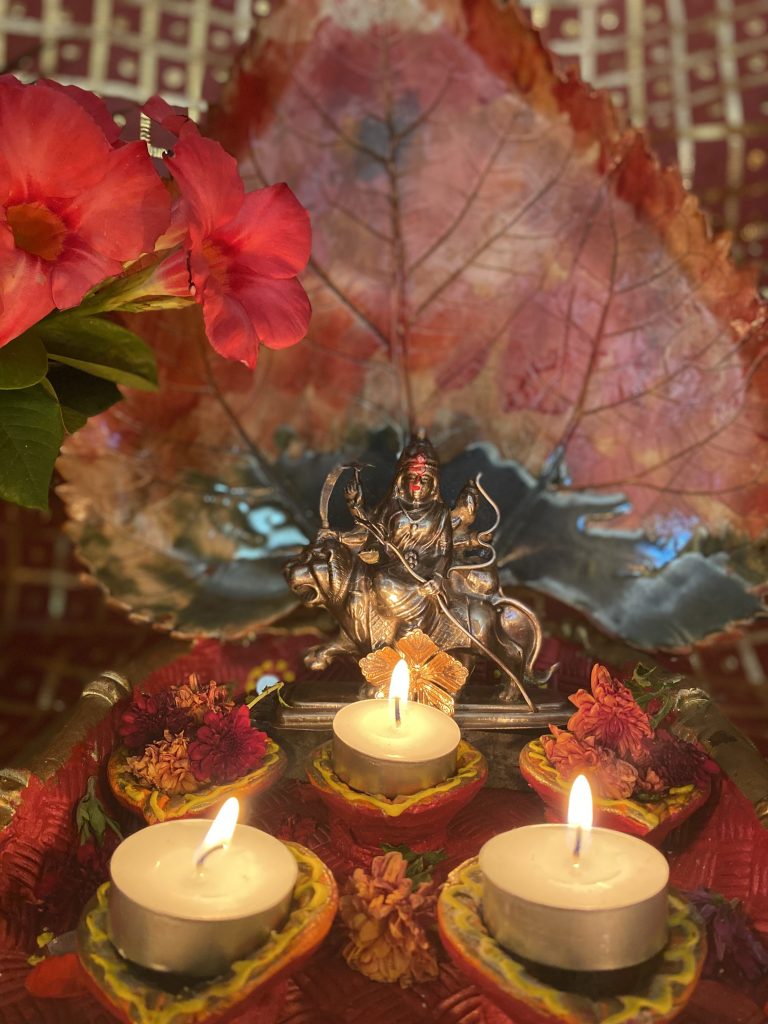




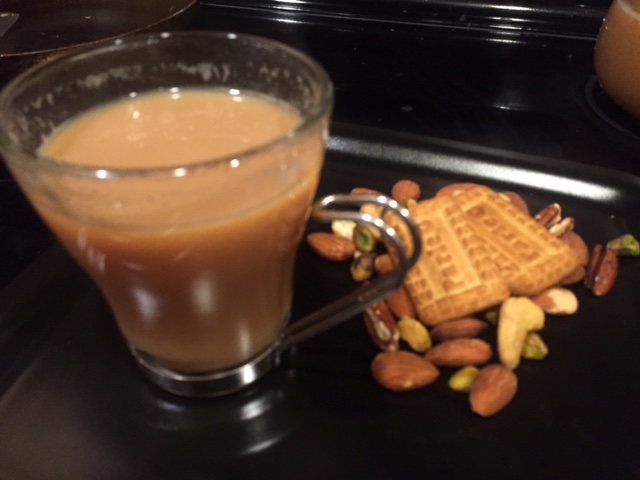





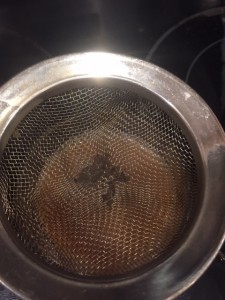
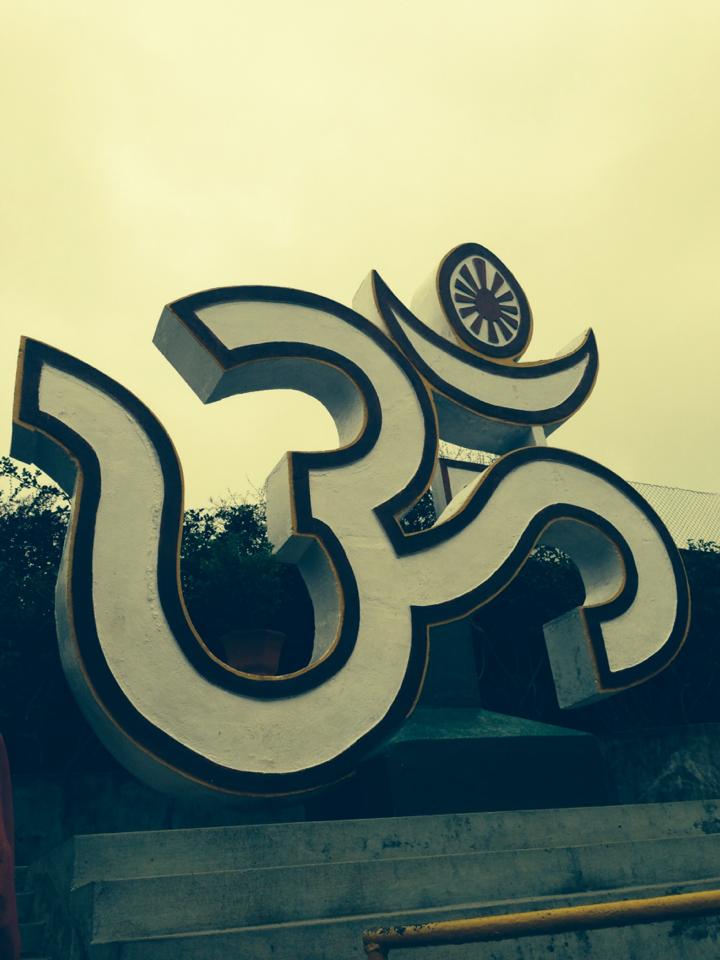
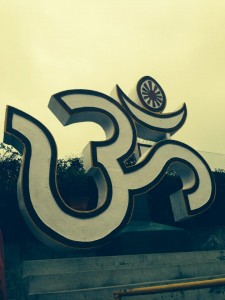 puritans have criticized the movie for its attack on Hinduism thus missing the whole point of the movie. The movie does not attack Hinduism, but rather brings forth the point that hinduism like Swami Vivekanand said “is a way of life.” and not a religion confined by set guidelines. Every state in India celebrates Diwali (the most revered Hindu festival) in a different manner, then how can it be a confined religion. Hinduism is more of a belief. Over centuries of slavery and blending of cultures, religion crept into culture of Hinduism. I may be wrong, but at the essence of Hinduism is OM, perhaps you have heard it at every yoga class. What does it mean? Again, its entirely your interpretation, some say it is the Holy trinity, some say it is the infinite universe and the very embodiment of our soul. There are as many interpretations, as there are people.
puritans have criticized the movie for its attack on Hinduism thus missing the whole point of the movie. The movie does not attack Hinduism, but rather brings forth the point that hinduism like Swami Vivekanand said “is a way of life.” and not a religion confined by set guidelines. Every state in India celebrates Diwali (the most revered Hindu festival) in a different manner, then how can it be a confined religion. Hinduism is more of a belief. Over centuries of slavery and blending of cultures, religion crept into culture of Hinduism. I may be wrong, but at the essence of Hinduism is OM, perhaps you have heard it at every yoga class. What does it mean? Again, its entirely your interpretation, some say it is the Holy trinity, some say it is the infinite universe and the very embodiment of our soul. There are as many interpretations, as there are people.